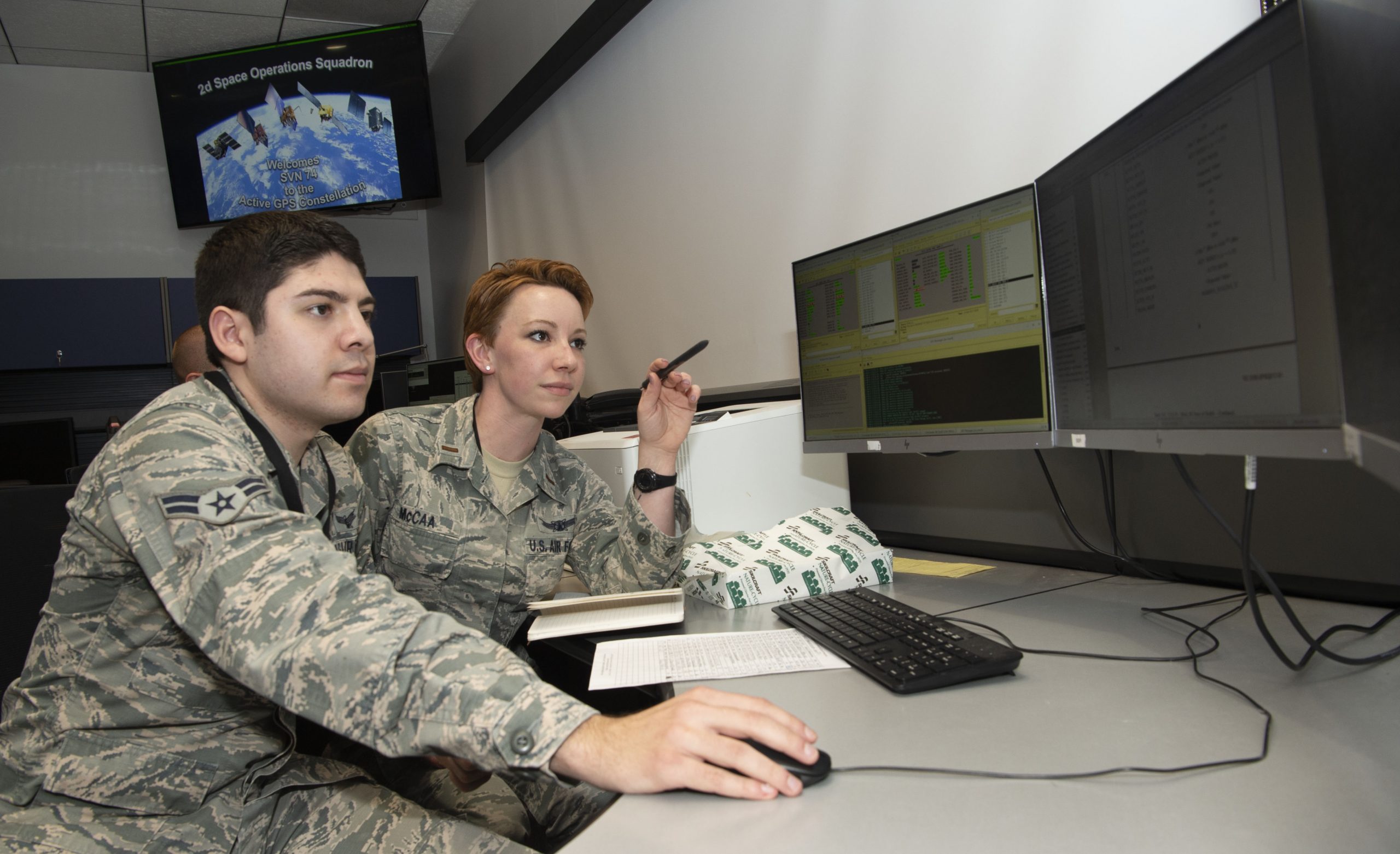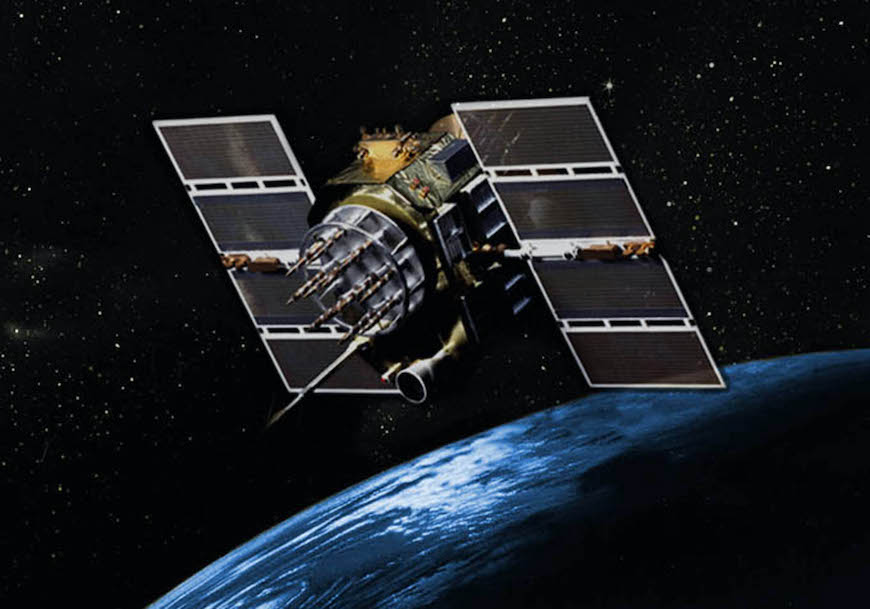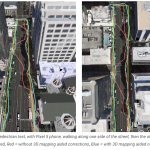The U.S. Air Force 2nd Space Operations Squadron has put the last operational GPS IIA satellite, SVN 34, into disposal cycle for April 13 to 20. This is effectively end of life, or space hospice if you will, for a satellite that has outlived its 7.5 year design span by 19 years.
The rite of passage brings to a close a 26.5-year era in which the IIA generation carried the gold standard of positioning 20,200 km (12,550 miles) above the Earth, circling the globe twice a day.
Nineteen Block IIA satellites, slightly improved versions of the Block II series (the first full scale operational GPS satellites), were launched from November 26, 1990 until November 6, 1997. The satellites were built by Boeing, formerly Rockwell Corporation. They broadcast the L1 C/A signal for civil users and the L1/L2 P(Y) signals for military users.
SVN-34, the last of its generation, was removed from service October 9, 2019 but kept on as part of the constellation as a decommissioned, on-orbit spare until April 13.

In the disposal process, “We push the satellite vehicle to a higher, less congested, ‘disposal orbit’ to eliminate the probability of collision with other active satellites,” said Capt. Angela Tomasek, 2SOPS GPS mission engineering and analysis flight commander. “[Then,] the vehicle is put into a safe configuration by depleting the leftover fuel and battery life and shutting off the satellite vehicle transmitters so no one else can access the satellite in the future.”
“As we continue to manage the influx of GPS III and maintaining other vehicles in a residual status, we have to be cognizant of effective risk management,” Tomasek continued. “As SVN-34 continued to age, we had to manage its aging components and likelihood of having a critical malfunction. We are at a stage where we are confident in the robustness of the overall GPS constellation to remove the last remaining IIA vehicle.”
Once SVN-34 arrives in its final orbit, 2 SOPS will hand over full tracking responsibility to the 18th Space Control Squadron at Vandenberg AFB, California, where it will be treated and catalogued like every other space object, on April 20.
“This disposal marks the end of an era in GPS history,” said Lt. Col. Stephen Toth, 2nd SOPS commander. “There are senior leaders and long-time contractors [who] launched and operated the IIA satellites at the beginning of their careers [who] are now here to see it end. It is an opportunity to reflect on the legacy and heritage of 2 SOPS and GPS to see how far we have come.”






